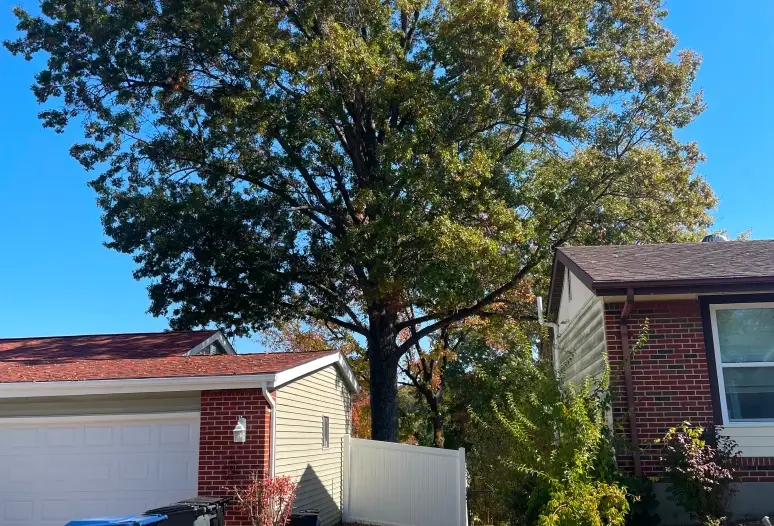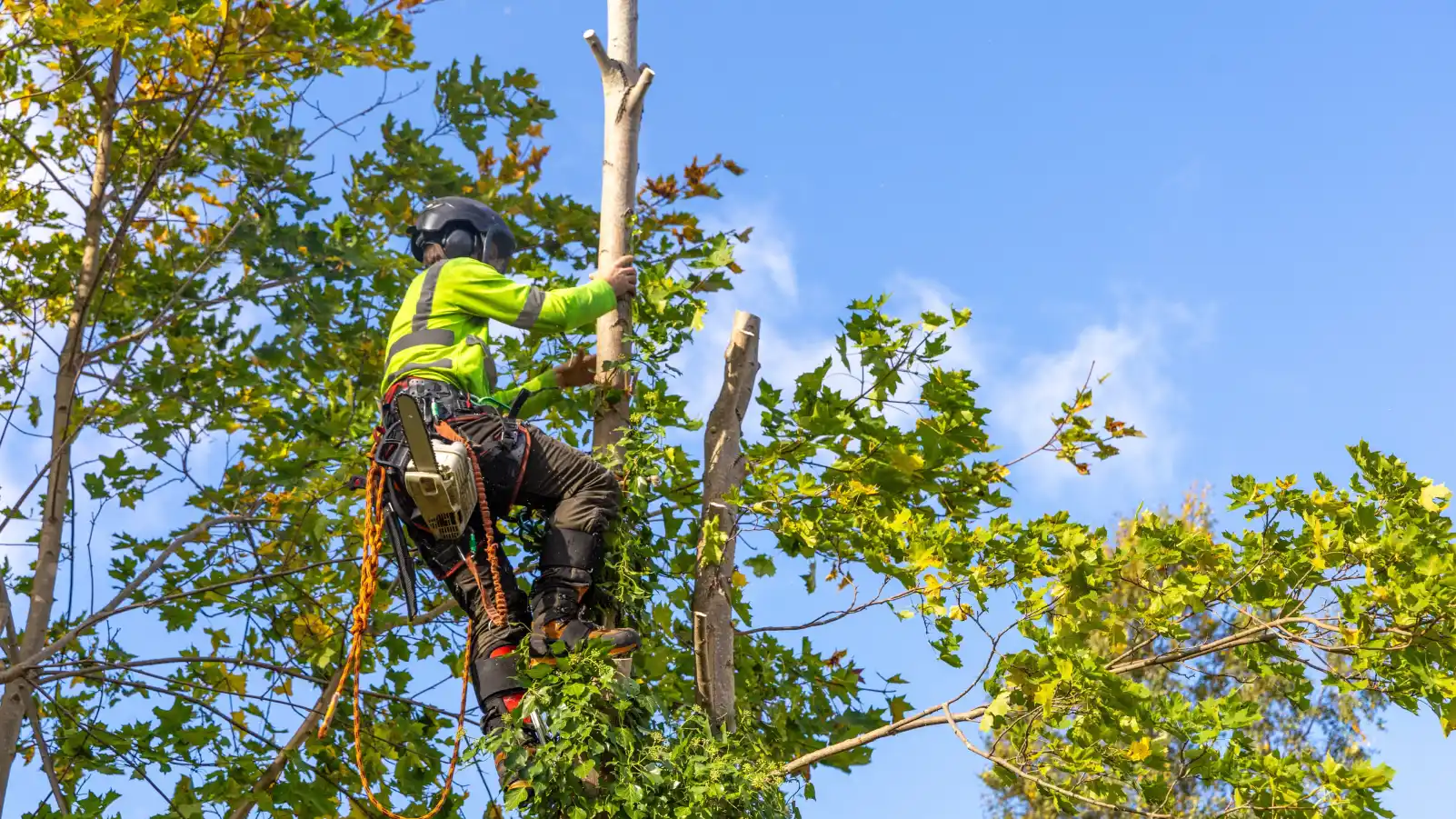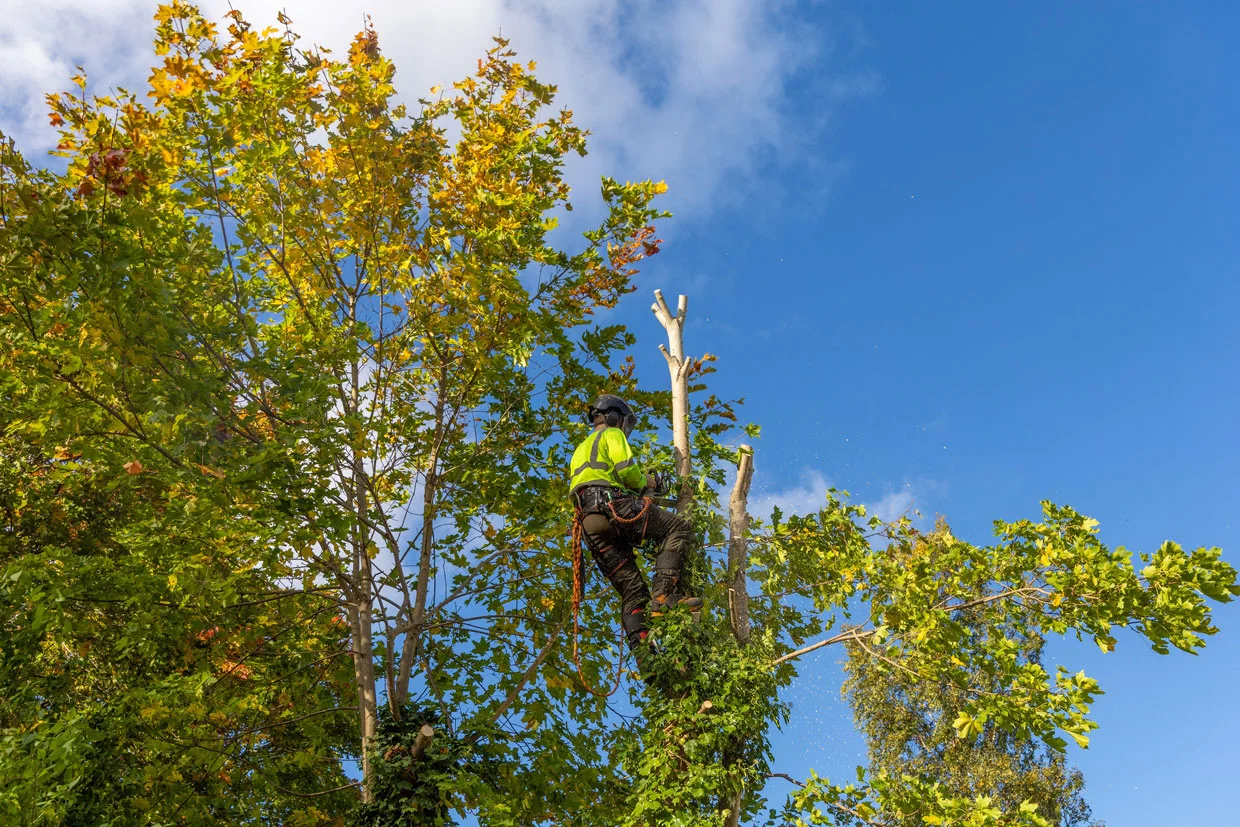Hypoxylon Canker is a fungal disease that affects a wide range of tree species, causing significant damage to their health and structural integrity. This report aims to provide an overview of the effects of Hypoxylon Canker on trees, the species it affects, how it becomes an issue, treatment options, and methods for identification.
Effects of Hypoxylon Canker:
Hypoxylon Canker, caused by fungi in the category Hypoxylon, primarily affects the vascular system of trees. The disease disrupts the tree’s ability to transport water and nutrients, leading to symptoms such as canopy thinning, wilting of leaves, dieback of branches, and ultimately, tree mortality. Infected trees may also exhibit dark, sunken cankers on the trunk or branches, accompanied by the formation of powdery spore masses.
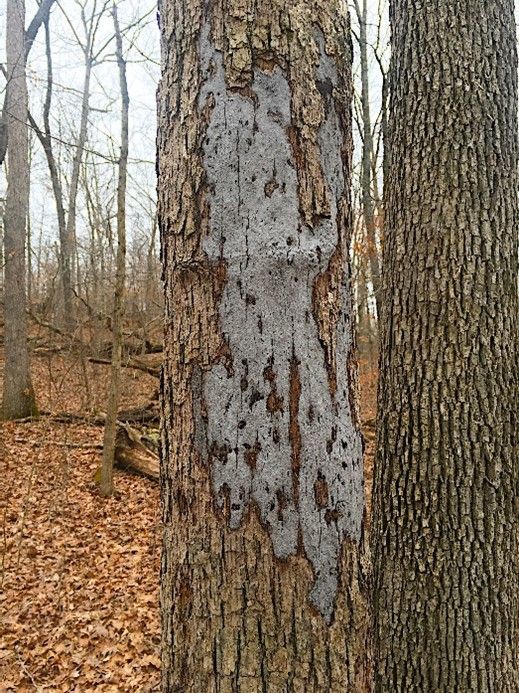
Species Affected:
Hypoxylon Canker can affect a wide range of tree species, including hardwoods and some conifers. Common hosts include oak, hickory, maple, beech, elm, and sycamore. While the severity of the disease may vary depending on the tree species and environmental conditions, Hypoxylon Canker poses a significant threat to forest ecosystems and urban landscapes.
How it Becomes an Issue:
Hypoxylon Canker typically becomes an issue in trees that are stressed or weakened due to various factors such as drought, root damage, soil compaction, poor pruning practices, or other diseases and pests. The fungal spores enter the tree through wounds or openings in the bark, where they colonize the inner tissues and initiate canker formation. As the disease progresses, it compromises the tree’s structural integrity and overall health, leading to decline and eventual death.
Treatment Options:
Unfortunately, there are limited treatment options available for managing Hypoxylon Canker once a tree is infected. However, several practices can help mitigate the spread of the disease and improve the tree’s chances of survival:
- Pruning: Remove and properly dispose of dead or infected branches to reduce fungal substance and improve the tree’s overall health.
- Promoting Tree Vigor: Implement cultural practices such as proper watering, mulching, and fertilization to enhance the tree’s vigor and resilience to stress.
- Avoiding Wounding: Minimize mechanical injuries to the tree, such as lawnmower damage or construction-related wounds, to reduce entry points for fungal pathogens.
- Monitoring and Early Detection: Regularly inspect trees for symptoms of Hypoxylon Canker, such as canopy dieback and presence of cankers, to facilitate early detection and intervention.
- Consulting with Arborists: Seek advice from certified arborists or tree care professionals for proper diagnosis and management recommendations tailored to specific tree species and site conditions.
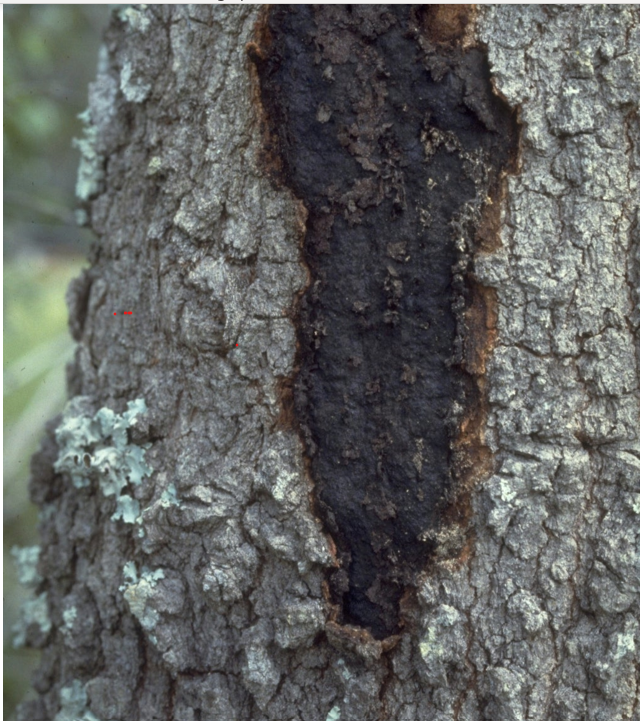
Identification of Hypoxylon Canker:
Identifying Hypoxylon Canker requires a combination of visual observation and diagnostic techniques. Key characteristics to look for include:
- Dark, sunken cankers on the trunk or branches.
- Presence of powdery spore masses on the surface of cankers.
- Canopy thinning and dieback of branches.
- Wilting or yellowing of leaves, especially during periods of stress.
If Hypoxylon Canker is suspected, it is advisable to consult with a knowledgeable expert for accurate diagnosis and appropriate management strategies.
Hypoxylon Canker poses a significant threat to a wide range of tree species, leading to decline and mortality in infected trees. While treatment options are limited once the disease is established, proactive measures such as promoting tree vigor, monitoring for symptoms, and implementing proper cultural practices can help reduce the risk of infection and mitigate the impact of the disease. Early detection and intervention are crucial for managing Hypoxylon Canker and preserving the health and vitality of trees in forested and urban environments.




